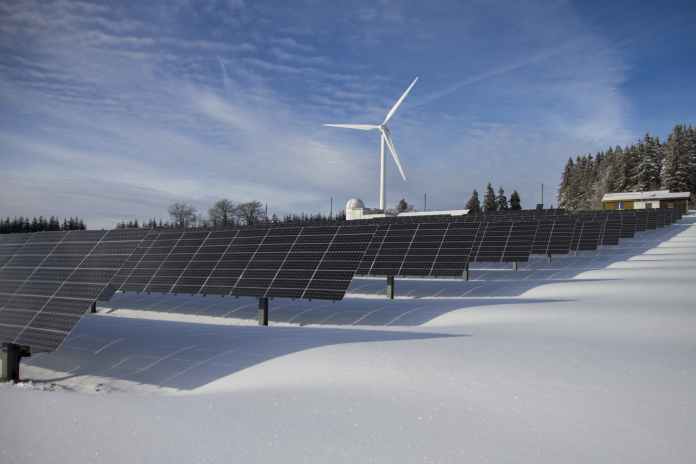In 2023, global electricity generation underwent a significant shift towards renewables, reaching a historic milestone with renewable sources accounting for 30% of global electricity production in a report by think tank Ember. This increase was largely fueled by remarkable growth in solar and wind energy installations. As a result, the world is now on the brink of a new era where fossil fuel-based electricity generation is expected to decline.
The surge in renewables, particularly solar and wind, played a crucial role in reducing the carbon intensity of global power generation, which reached its lowest level in recent years. Notably, solar emerged as the primary driver of this energy revolution, outpacing other sources for the 19th consecutive year and surpassing wind as the largest contributor to new electricity capacity. Solar expansion alone in 2023 was more than double that of coal, signaling a profound shift in the global energy landscape.
China emerged as a key player in this renewable revolution, accounting for a significant portion of the global solar and wind capacity expansion. However, despite this progress, challenges such as drought-induced reductions in hydropower hindered the full potential of clean energy growth in 2023. The shortfall in hydropower was unfortunately met by increased coal generation, which led to a slight rise in global power sector emissions.
Looking ahead, forecasts suggest a promising trajectory for the decline of fossil fuel-based electricity generation starting in 2024. It’s projected that the growth of clean energy sources will outpace the rise in electricity demand, resulting in a 2% decrease in global fossil fuel generation. This shift is crucial for achieving international climate targets, as the power sector plays a significant role in carbon dioxide emissions.
India, despite significant strides in solar power generation, still heavily relies on coal to meet its increasing electricity demands. The country’s power sector emissions rose notably in 2023 due to a rise in coal generation, exacerbated by reduced hydropower output caused by droughts mentioned in the report.
To combat rising emissions and align with global climate goals, India has set ambitious targets for expanding renewable energy capacity by 2030. These targets include substantial growth in solar and wind power generation. However, meeting these goals will require accelerated efforts to ramp up clean energy installations and reduce dependency on coal.
The transition to cleaner electricity generation is critical not only for mitigating climate change but also for unlocking economic opportunities and improving air quality. The momentum towards renewables observed in 2023 underscores the urgency and potential of a global shift towards sustainable energy sources.
The record growth in solar and wind energy in 2023 signifies a turning point in global electricity generation. This trend is expected to drive a decline in fossil fuel-based generation in the coming years, offering a pathway towards achieving ambitious climate targets and fostering a sustainable energy future.
Please view the full report from here.
Related
- SEO Powered Content & PR Distribution. Get Amplified Today.
- PlatoData.Network Vertical Generative Ai. Empower Yourself. Access Here.
- PlatoAiStream. Web3 Intelligence. Knowledge Amplified. Access Here.
- PlatoESG. Carbon, CleanTech, Energy, Environment, Solar, Waste Management. Access Here.
- PlatoHealth. Biotech and Clinical Trials Intelligence. Access Here.
- Source: https://solarquarter.com/2024/05/09/renewables-hit-30-milestone-in-global-electricity-generation-report/




